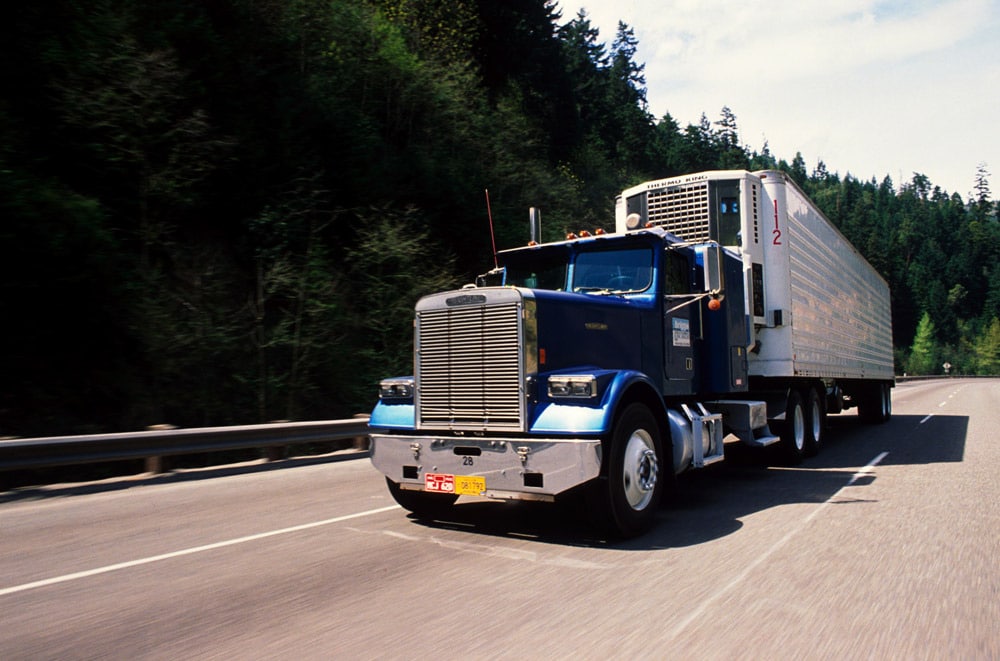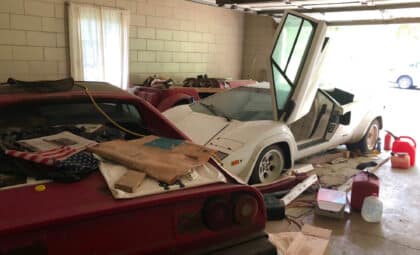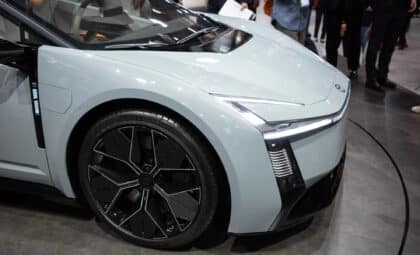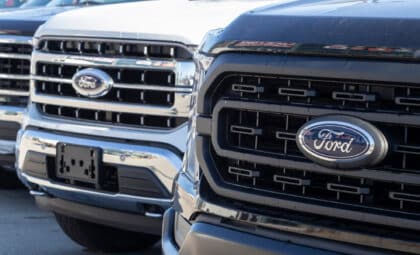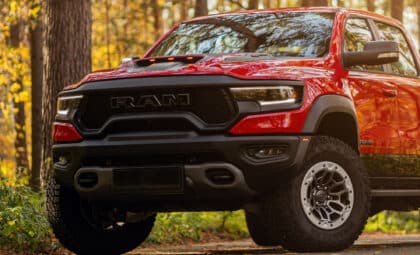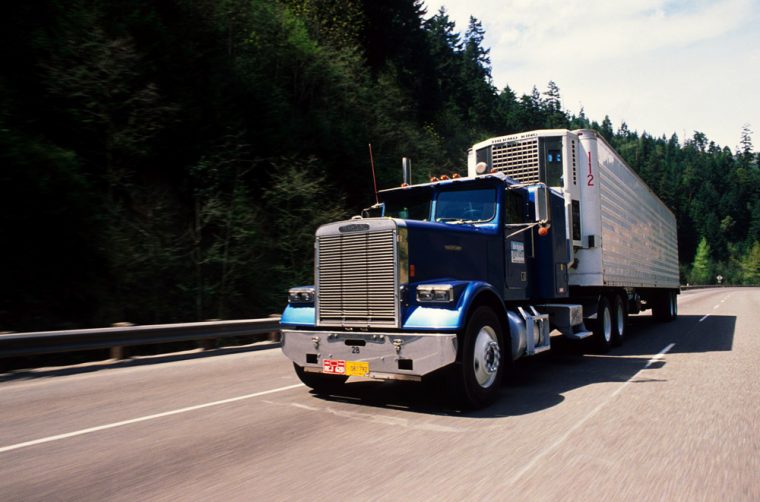
It is probably fair to say that the Trump administration enjoys it some good old deregulation. It already was looking speculatively at a number of NHTSA regulations (which, if axed, would make your electric car a dangerously silent vehicle), removed an infrastructure rule that would make building projects flood-resistant, and rolled back the final OK on the EPA/NHTSA’s emissions and fuel efficiency regulations.
Be Prepared: How do you get your car ready for winter weather?
Now, it seems the next Obama-era regulation on the chopping block is one which requires truck companies to install new, emissions-standard-compliant engines into new truck bodies, rather than old, higher-polluting ones. This practice of installing old engines into new “gliders,” as the truck bodies (aka everything forward of the trailer) are referred to in the industry, is currently allowed by a regulatory loophole which the endangered regulation would close starting in January.
EPA Administrator Scott Pruitt announced back in August that the agency would revisit the rules due to the “significant issues raised” by “stakeholders in the trailer and glider industry,” which likely refers to Fitzgerald Truck Sales, the nation’s largest manufacturer of gliders, who have lobbied for the rule’s removal and who Pruitt met with back in May. The Office of Management and Budget has since posted a notice of an official proposal to rescind the rule.
It should be noted that Fitzgerald also sells pre-emissions-regulation engines for glider kits marketed as “pre-emissions” engines, such as the Detroit 60 Series 12.7-liter engine, which can be ordered in a factory-remanufactured or Fitzagerald-remanufactured state. Fitzgerald Glider Kits specializes in installing such “pre-emissions” powertrains in new truck bodies.
The move was protested by Volvo Group North America, Cummins, and Navistar, which each produce heavy trucks and engines. These three groups wrote to Pruitt against reopening the ruling, noting that their concerns were joined with those of the Truck and Engine Manufacturers Association, American Trucking Associations, and Truck Rental and Leasing Association.
In the letter, they told Pruitt that glider kits “should not be used for circumventing purchase of currently certified power trains.”
The move also seems to counter the study issued by the EPA itself when the rule was issued last fall, in which the agency estimated new gliders using engines produced before 2002 produced 20 to 40 times higher emissions than those built today, including soot and nitrogen oxide. It estimated that by requiring new engines in new gliders for 2017 alone, the rules would prevent between 350 and 1,600 premature deaths over the lifetime of the vehicles, mainly due to lung or heart disease.
According to the EPA analysis, the amount of nitrogen oxide and soot released should the rule be repealed would be the same as removing the most recent car, light truck, and power plant air emissions regulations.
EPA spokesman Michael Abboud declined to comment on the move, telling the Washington Post, “EPA does not comment on items under interagency review.”
The move was supported, however, by groups such as the Western States Trucking Association, which supported the practice of glider kits. Speaking to Bloomberg Environment, Joe Rajkovacz, director of governmental affairs and communications, said that glider kits are just cheaper than whole new trucks, adding, “If you’re raising a family of four and your truck is the tool of your trade, you can pencil out to do the glider kit with the older engine. It just doesn’t make environmentalists happy because of the higher emissions.” Rajkovacz also called the move a “small step” to hold the EPA accountable, adding, “It is a breath of fresh air to certainly start to hear a more reasonable approach is going to be taken, at least under this administration.”
Why? Here’s why you should consider buying the Chevy Volt
All of that being said, it seems that the argument boils down to whether the cost of requiring new engines be placed in new trucks, which would hit truck buyers and certainly glider kit manufacturers, is worth the reduction in air pollution’s positive effects on public health and the environment.
On a personal note, I think that if I knew that my truck’s pollution was hurting someone, even only a little bit as part of a whole bunch of people hurting them, I know what my choice would be.
News Sources: Bloomberg Bureau of National Affairs, EPA, Washington Post, Green Car Reports, Fitzgerald Glider Kits
The News Wheel is a digital auto magazine providing readers with a fresh perspective on the latest car news. We’re located in the heart of America (Dayton, Ohio) and our goal is to deliver an entertaining and informative perspective on what’s trending in the automotive world. See more articles from The News Wheel.

